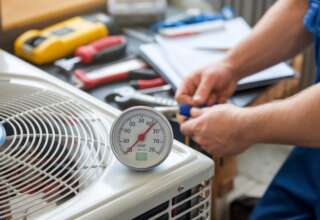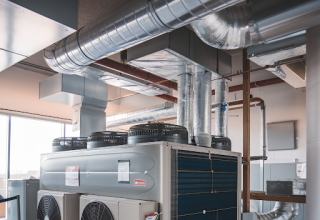Termites are among the sneakiest pests that can infest your home. They build underground tunnels and come up in the wooden structures of your home. Termites typically avoid the surface of painted wood and can live in your walls without your knowledge. The DIY tips do not substitute the need for calling in a professional to eradicate your termite problem. However, regular termite inspection helps you to detect the termites early and can save you a lot of money in repairs and termite control.
Why You Need Regular Termite Inspections
Termite protection is a continuous process. If you live in an area prone to termites and have used wood in the construction of your home, then you will need to check for termites regularly. Australia’s climate is conducive for termites and provides the ideal natural conditions for their multiplication.
The natural habitat for termites surrounds most of the land where people have settled down. Any changes in their natural habitat can encourage the termites to move into town for food and shelter. By continually changing the natural landscape around your towns and homes, you support the termites to seek refuge in your homes. The following tips can help you detect the presence of termites in your home before they do any significant damage.
The Difference Between Termites and Ants
Before you start poking holes in your walls looking for termites is to know what you expect to find. Many people mistake termites for ants and even call them white ants because of their color. However, there are three simple ways to differentiate ants from termites.
- Body Segments: Ants have three distinct body segments with a narrow waist between the mid and tail section, also known as the thorax and abdomen, respectively. Termites, on the other hand, only have two clear body sections which are the head and the body with no clear separation between the thorax and abdomen.
- Antennae: Termites have small beady straight antennae while ants’ antennae are bent like elbows.
- Wings: While termites have two pairs equally sized large wings, ants have a pair of giant wings at the front and a pair of smaller back wings.
Where to Look For Termites
Termites typically feed on wood and like moist environments. Moreover, they generally build their nests in the soil. With this in mind, the first place you should check for termites is where wooden components of your home come into direct contact or are close to the soil. The list below highlights the most places you can quickly check for termites. You will need to probe these locations with a sharp tool like a screwdriver or knife to check for the termites.
- Cracks in bricks and concrete.
- Wooden porches, decks, window frames.
- Wooden support posts.
- Wooden joints and where wood and cement construction meet.
- Wooden debris around the house as well as mulch, tree stumps and fences.
Early Signs of Termites
Although termites are considered stealthy pests, they often leave evidence of their presence if you know what to look for. Here are a few tell-tale signs of termites in your home.
- Mud tubes along your walls leading from the soil to wood.
- Piles of termite wings in or around your house.
- Damaged wood.
If you come across any of the above signs or find termites using the methods mentioned in this article, it is essential to call in the professionals for a comprehensive termite inspection. Termites are social insects and can exist in large colonies. The best way to deal with termites is to eradicate the entire colony. Otherwise, they can continue resurfacing and cause lasting damage to your home.










